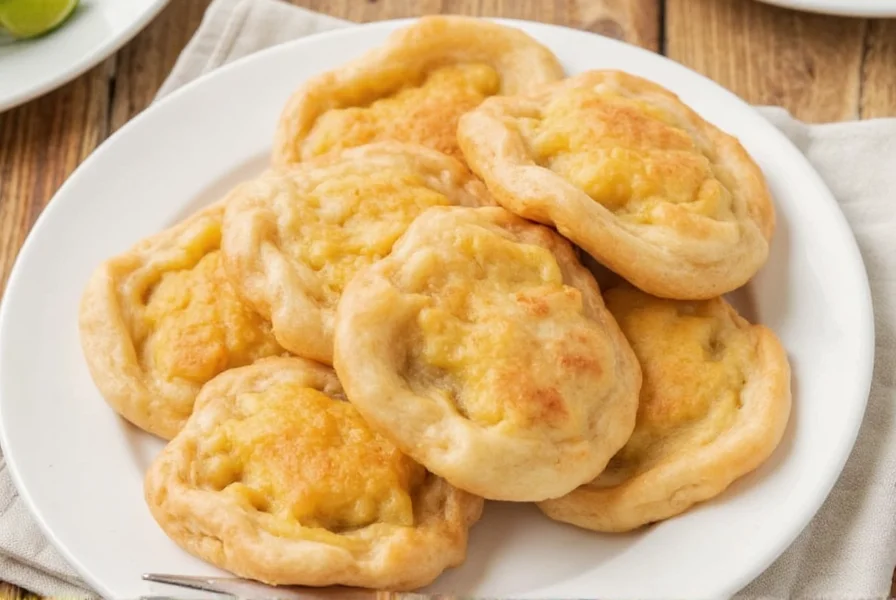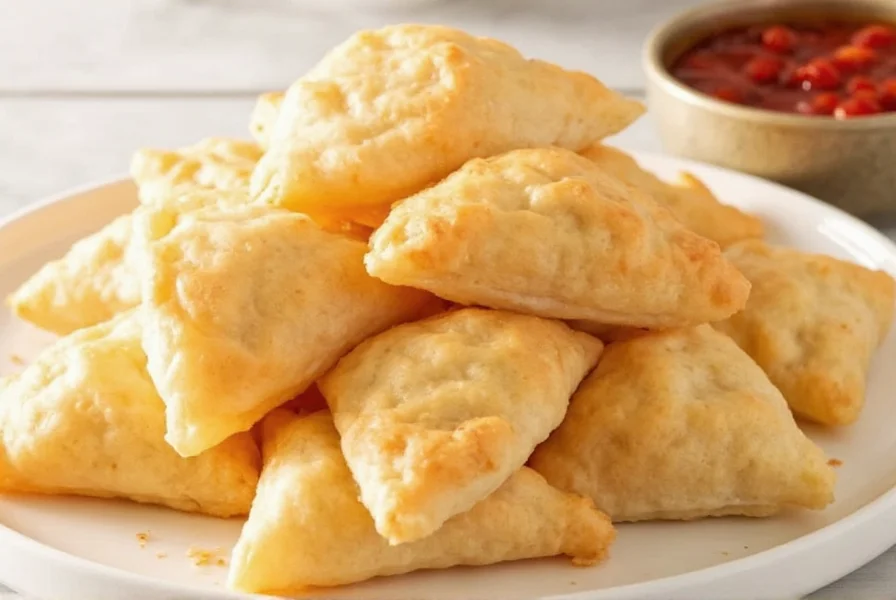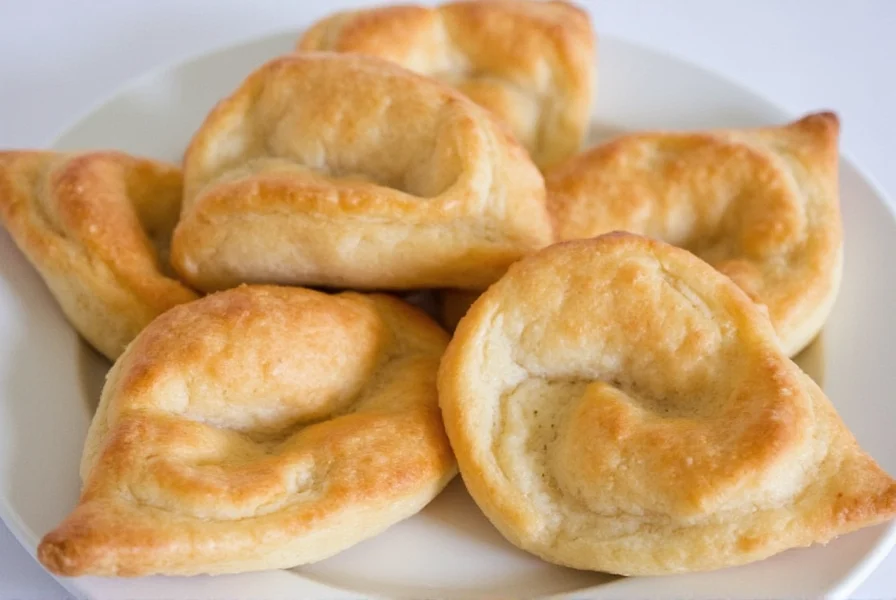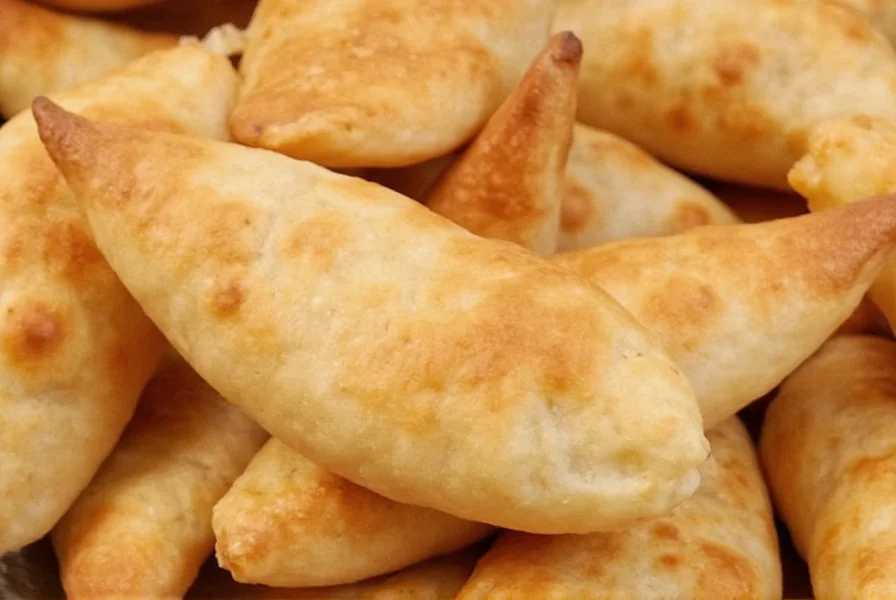Why Your Sopapillas Fail (And How to Fix It)
Most home cooks struggle with flat, dense sopapillas because they miss two critical steps: dough thickness and resting time. When rolled too thin (<1/8-inch), the dough can't trap steam to puff. Skipping the 15-20 minute rest prevents gluten relaxation, causing uneven frying. As Asimplepantry.com confirms, "if too thin, they won't puff up at all." This isn't just technique—it's food science.

The New Mexican Standard: Beyond Basic Fried Dough
Sopapillas originated from Moorish Spain ("sopaipa" meaning bread soaked in oil) and evolved in New Mexico with Indigenous influences. Unlike flat Minnesota versions or South American sopaipas, authentic New Mexican sopapillas have a hollow center and chewy-crisp texture. Wikipedia documents how Spanish colonizers introduced them in the 16th-17th centuries, while Eater notes Navajos adopted them in the 1860s to stretch rations—distinct from Navajo frybread.
| Regional Variation | Dough Thickness | Texture & Serving | Cultural Context |
|---|---|---|---|
| New Mexican (Authentic) | 1/8-inch | Fluffy pillow, hollow center; served with honey | Rooted in 1800s Albuquerque; Texas named official state pastry |
| Minnesota Style | Thinner (1/16-inch) | Flat, dense; often savory | Adapted by Scandinavian settlers; lacks puff |
| South American (Chile/Argentina) | Very thin | Crisp flatbread; served with pebre sauce | closer to buñuelos; not dessert-focused |
When to Use (or Avoid) Sopapillas
Use when: You need a quick dessert (<20 min active time) for Southwestern meals. Pair with green chile stew as Sadies of New Mexico recommends. Ideal for honey-drizzled gatherings—circles puff best for even filling distribution.
Avoid when: Seeking low-calorie options (1 serving = 200 calories, 10g fat per SnapCalorie data). Never substitute for yeast breads—they lack fermentation depth. Skip re-rolling scraps; Sugarness warns this creates tough, uneven pieces.

Proven Step-by-Step Method
Based on cross-verified techniques from Tastes Better From Scratch and What's Cooking America:
- Mix 3 cups flour, 2 tsp baking powder, and 1 tsp salt. Cut in 4-6 tbsp lard until crumbly.
- Add 1 1/4 cups warm milk; knead 2-3 min until smooth. Cover and rest 15-20 min (critical for "pillowing").
- Roll to exact 1/8-inch thickness on floured surface. Cut into 4x4 inch squares—circles work best for puffing.
- Heat oil to 380°F. Fry 1-2 pieces: 30 sec per side until golden. Drain on paper towels.
Test oil with one piece first. If it doesn't puff, roll slightly thinner per A Cozy Kitchen's tip. Never crowd the pan—maintain oil temperature.

Avoid These 3 Costly Mistakes
- Skipping dough rest: Causes shrinkage and uneven puffing. Resting relaxes gluten—non-negotiable per New Mexican tradition.
- Incorrect thickness: Under 1/8-inch = flat discs; over = raw centers. Use a ruler for precision.
- Wrong oil temp: Below 375°F = greasy; above 400°F = burnt exterior. Use a thermometer—Isabeleats confirms 380°F is ideal.
Everything You Need to Know
Dough thickness and rest time are critical. If rolled thinner than 1/8-inch or not rested 15-20 minutes, steam escapes preventing puffing. Test oil at 380°F—too cool causes oil absorption. As Asimplepantry.com states, "too thin dough won't puff up at all."
One 57g serving contains 200 calories, 10g fat, and 25g carbs per SnapCalorie data. They're high in refined carbs and fat due to frying. Enjoy moderately as dessert—not a health food. Baking isn't recommended; it defeats the authentic texture requiring deep-frying.
Store cooled sopapillas in an airtight container for up to 2 days. Reheat in a 350°F oven for 5 minutes to restore crispness—microwaving makes them soggy. Never refrigerate; moisture ruins texture. For best results, eat fresh as they lose puffiness over time per Muy Bueno Blog's experience.
Yes—substitute with vegetable shortening or melted butter, but lard creates superior flakiness. What's Cooking America notes milk-based versions (using 1 1/4 cups warm milk instead of water) yield tender interiors. Avoid liquid oils; they prevent proper layering. For vegan options, use coconut oil—but expect denser texture.
Sopapillas are smaller (4-5 inch squares), use baking powder, and puff into hollow pillows served sweet. Navajo frybread is larger, yeast-leavened, and denser—often savory. Eater clarifies they share origins but evolved separately; sopapillas have distinct New Mexican cultural roots since the 1800s.










 浙公网安备
33010002000092号
浙公网安备
33010002000092号 浙B2-20120091-4
浙B2-20120091-4